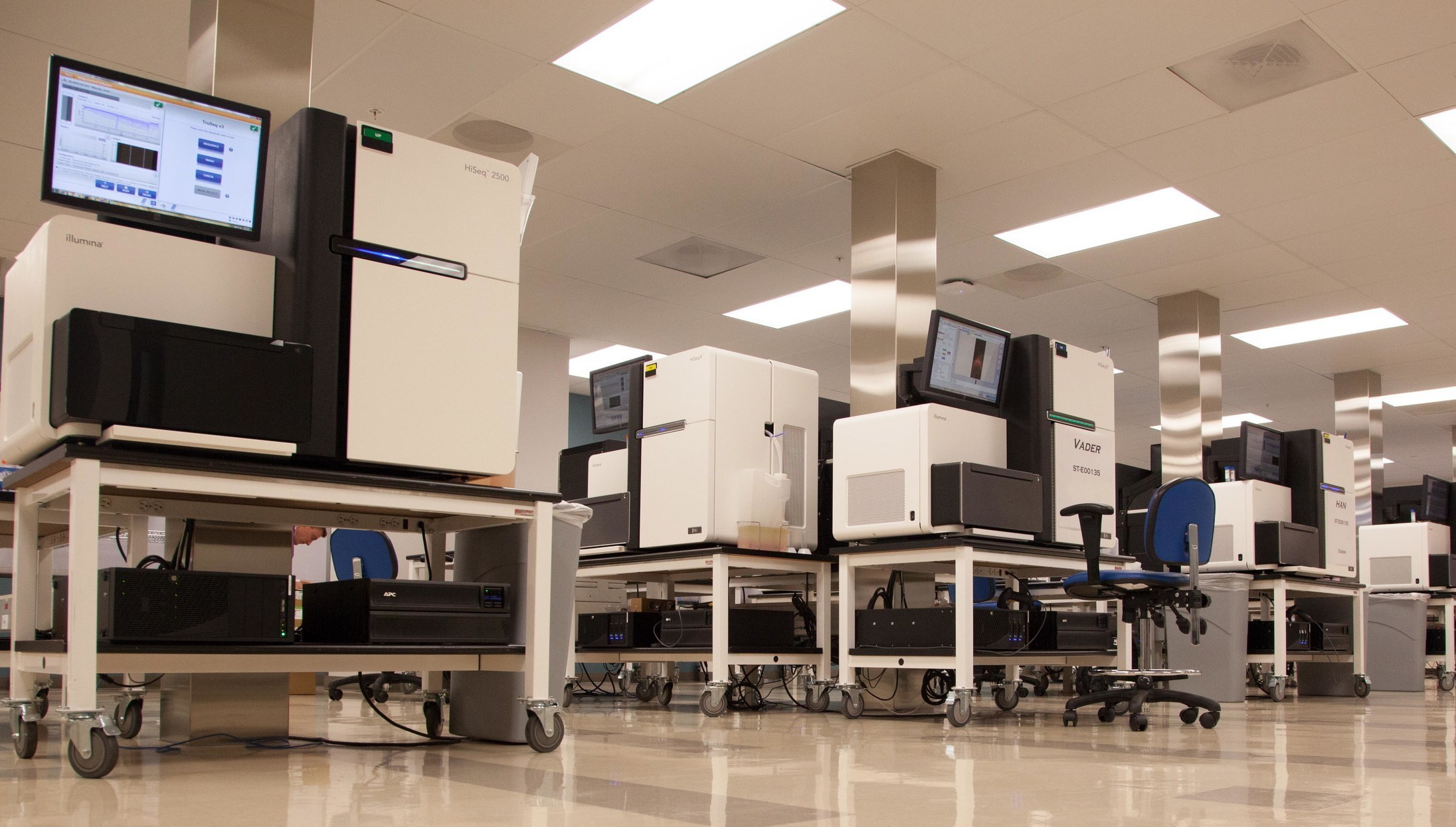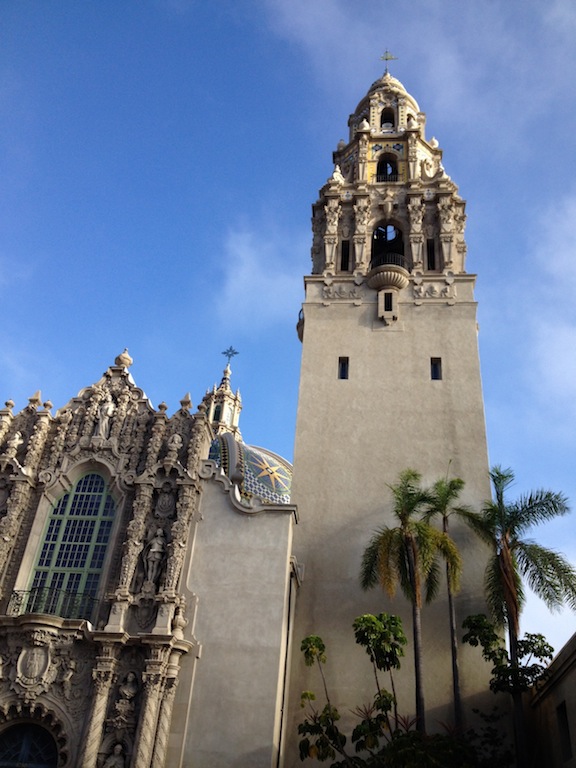Daily Business Report-Feb. 2, 2015
Human Longevity Inc.’s DNA Sequency Facility.
New Initiative Aims to Improve Nation’s
Health Care Through Biomedical Science
A sweeping new initiative to improve the nation’s health care through biomedical science was announced Friday by President Barack Obama.
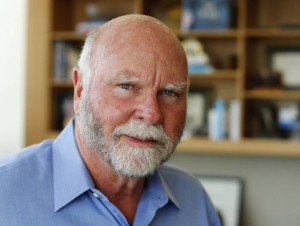
Obama outlined the Precision Medicine Initiative, and was accompanied by leaders in the field of genomics and precision medicine, including genome pioneer J. Craig Venter, co-founder and CEO of Human Longevity Inc. (HLI) in San Diego.
“It is gratifying to see that the Obama Administration realizes the great power and potential for genomic science as a means to better understand human biology, and to aid in disease prevention and treatment,” Venter said in a prepared statement. “I was honored to participate in today’s White House event outlining a potential new, government-funded precision medicine program.”
Precision medicine, also called personalized or individualized medicine, uses tools including modern computing power and data processing to help discover the individual variations that together affect health. This will require large numbers of participants, who will have their genomes sequenced and correlated with other measures of health, along with environmental and biological data.
Human Longevity Inc., a privately held company headquartered in San Diego, was founded in 2013 by Venter and pioneers in the fields of genomics and stem cell therapy. Using advances in genomic sequencing, the human microbiome, proteomics, informatics, computing, and cell therapy technologies, HLI is building the world’s largest and most comprehensive database of human genomic and phenotype data.
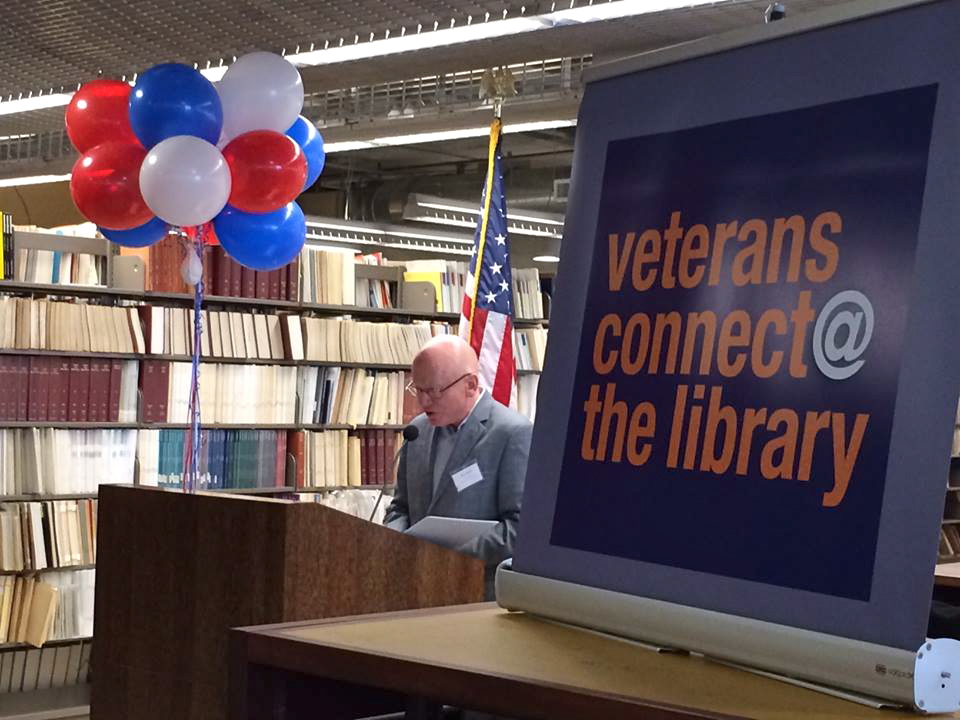
Veterans Resource Center Opens
At San Diego Central Library
The California Department of Veterans Affairs on Friday opened a resource center at the San Diego Central Library. The facility is the 18th library location in California where former military members can get help. Another five will open later this year, according to the department.
The centers provide information on federal and state benefits, as well as available local services.
“The expansion of the Veteran Resource Centers throughout California’s libraries creates additional locations where our veterans and their families learn about the state and federal benefits earned through their military service,” said Keith Boylan, CalVet deputy secretary for veterans services.
“Making benefits information and assistance available in local libraries is a great way to reach our veterans close to where they live and work,” he said.
The center at the Central Library will be open Tuesdays, Thursdays and Saturdays from 2 to 5 p.m.
A resource center for veterans already operates on Tuesdays at the Point Loma/Hervey branch, 3701 Voltaire St.
— City News Service
EvoNexus Seeking Tech
Startups for Downtown Incubator
EvoNexus, a nonprofit incubator for technology startups, is seeking applicants for its 16th class of companies, offering rent-free space and knowledgeable mentoring in Downtown San Diego.
The incubator was founded in 2009 by the technology trade group CommNexus and has since helped develop 83 companies, 73 of which are still operating. A notable graduate is EcoATM, which was acquired for $350 million in July.
EvoNexus will take up to 25 companies in its next group. The application period opened last week and ends Feb. 28. Startups can begin an application online.
The target applicant is a startup trying to solve a significant business problem with a unique technology solution.
“We admit about one in ten and we have a pretty rigorous process,” said Director of Programs and Operations Michele Yoshioka, adding that companies benefit from a strong network of mentors and sources of capital. “We don’t just put companies in here and never see them again; we are very hands on,” she said.
Open houses are scheduled for today and Feb. 18, from 5 p.m. to 7 p.m. on both days, so applicants can learn more.
EvoNexus also has smaller incubator sites in University City and near UC Irvine in Orange County.
— Times of San Diego
Faulconer Introduces 9-Member Task
Force To Choose Football Stadium Site
A nine-member task force tasked with finding a location to build a new stadium for the Chargers, and coming up with a plan to pay for its construction, was publicly introduced Friday by San Diego Mayor Kevin Faulconer.
The civic, business and community leaders include former National Football League and Chargers executive Jim Steeg, former county Chief Administrative Officer and city Chief Operating Officer Walt Ekard, and San Diego Gas & Electric Chairman Jessie Knight. He said the group will develop, by this fall, a “real, tangible plan for a new stadium” that can be put before voters in 2016.
“That’s never been done before,” Faulconer said. “Yes, we’ve had renderings. Yes, we’ve had ideas floated about how you can possibly, maybe, fund it, but those aren’t plans. A plan is when somebody tells you this is where it’s going to go, this is how we’re going to build it, and most importantly, this is how it’s going to be paid for.”
Also on the task force are:
• Doug Barnhart, whose construction firm works on numerous major commercial projects.
• Rod Dammeyer, a private equity investor.
• Adam Day, a California State University trustee and assistant tribal manager of the Sycuan reservation.
• Aimee Fawcett, chief operating officer of the San Diego Regional Chamber of Commerce.
• Jason Hughes, president and CEO of the Hughes Marino commercial real estate firm.
• Mary Lydon, executive director of the Urban Land Institute-San Diego and Tijuana.
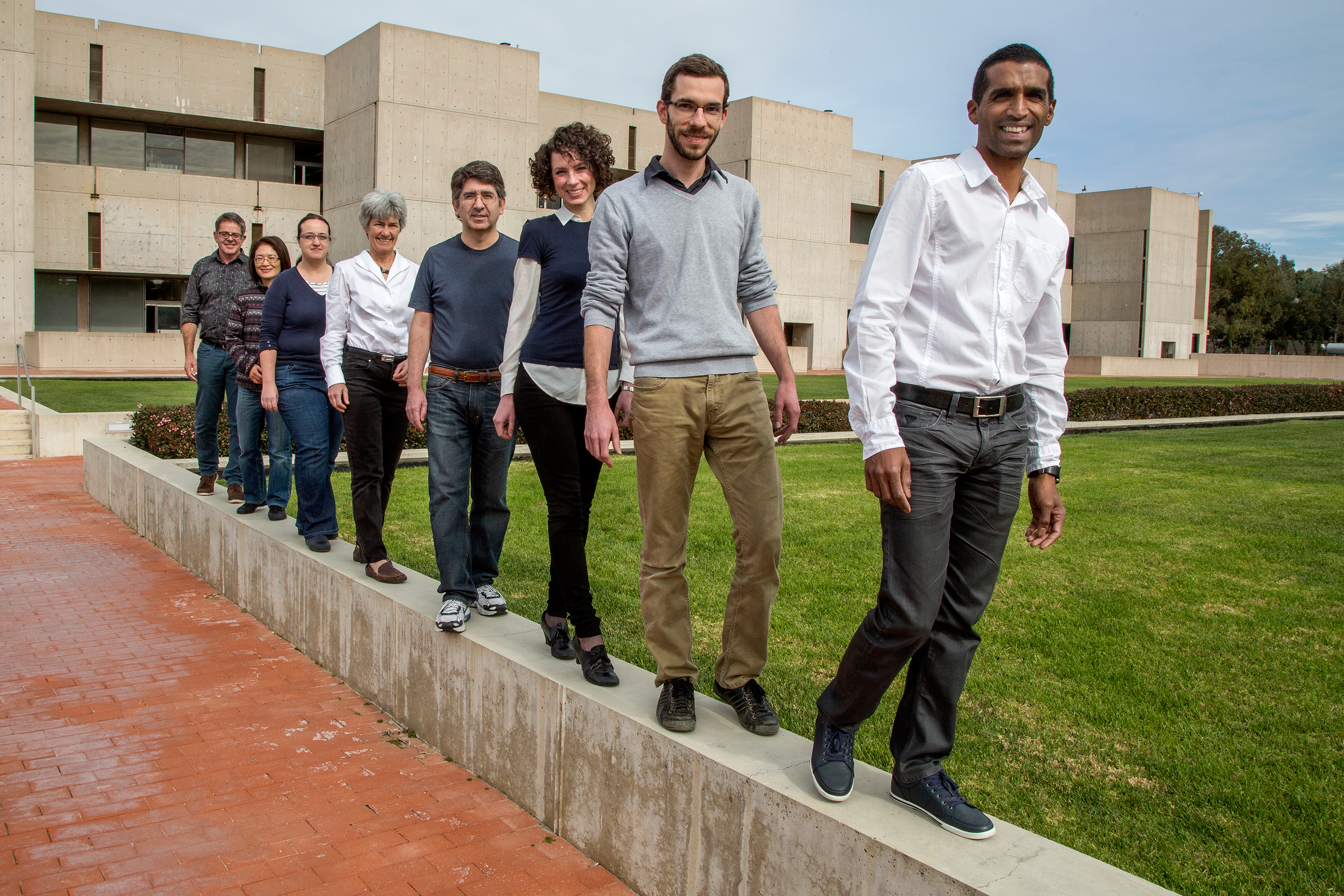
Walking on Ice Takes More Than Brains
Salk scientists discover how a ‘mini-brain’ in the spinal cord aids in balance
Scientists at the Salk Institute have discovered that much of the balancing act that our bodies perform when walking across an icy path happens unconsciously, thanks to a cluster of neurons in our spinal cord that function as a “mini-brain” to integrate sensory information and make adjustments to our muscles so we don’t slip and fall. The study was published in the journal Cell.
In a paper published Jan. 29, Salk Institute scientists map the neural circuitry of the spinal cord that processes the sense of light touch. This circuit allows the body to reflexively make small adjustments to foot position and balance using light touch sensors in the feet.
The study, conducted in mice, provides the first detailed blueprint for a spinal circuit that serves as control center for integrating motor commands from the brain with sensory information from the limbs. A better understanding of these circuits should eventually aid in developing therapies for spinal cord injury and diseases that affect motor skills and balance, as well as the means to prevent falls for the elderly.
“When we stand and walk, touch sensors on the soles of our feet detect subtle changes in pressure and movement. These sensors send signals to our spinal cord and then to the brain,” says Martyn Goulding, a Salk professor and senior author on the paper. “Our study opens what was essentially a black box, as up until now we didn’t know how these signals are encoded or processed in the spinal cord. Moreover, it was unclear how this touch information was merged with other sensory information to control movement and posture.”
While the brain’s role in cerebral achievements such as philosophy, mathematics and art often take center stage, much of what the nervous system does is to use information gathered from our environment to guide our movements. Walking across an icy parking lot, for instance, engages a number of our senses to prevent us from falling. Our eyes tell us whether we’re on shiny black ice or damp asphalt. Balance sensors in our inner ear keep our heads level with the ground. And sensors in our muscles and joints track the changing positions of our arms and legs.
Click here to read the report
North County Bar Association
Program Focuses on Data Breaches
Madeline Cahill, partner at Cahill & Campitiello, and Alessandra Lezama, CEO of Abacus Data Systems, are speakers at the North County Bar Association’s next dinner meeting Feb. 19 at The Crossings at Carlsbad, 5800 The Crossings Drive, Carlsbad.
The program is titled “Don’t Look Now … Your Data is Showing.” The speakers will discuss the effects of disclosing confidential client information and how to protect law offices against potential breaches.
The dinner is at 6:15 p.m. and the program is at 7 p.m. Cost is $30 per person.
UC San Diego, UC San Francisco Launch
New Cancer Cell Mapping Initiative
Researchers from the UC San Diego School of Medicine and UC San Francisco, with support from a diverse team of collaborators, have launched an ambitious new project to determine how all of the components of a cancer cell interact. It is called the Cancer Cell Map Initiative, or CCMI.
“We’re going to draw the complete wiring diagram of a cancer cell,” said Nevan Krogan, co-director of CCMI with Trey Ideker, chief of medical genetics in the UC San Diego Department of Medicine.
In recent years, progress in genome sequencing has made it possible to decipher hundreds of mutations found in a patient’s tumor. But in only a few cases do scientists understand how these mutations give rise to cancer or indicate what treatments to pursue. More puzzling still, the mutations found in each patient are almost always different — even though they can lead to the same type of cancer.
It has long been thought that, while these mutations are unique to individuals, they hijack the same hallmark cancer pathways or genetic circuits. To interpret genomic data, researchers say the complete wiring diagram of the cell is needed, one that details all of the connections between normal and mutated genes and proteins.
“We have the genomic information already. The bottleneck is how to interpret the cancer genomes,” said Ideker. A comprehensive map of cancer cells would help – and accelerate the development of personalized therapy, the central aim of “precision medicine.”
The CCMI will provide key infrastructure for the recently announced alliance between UC San Diego Health Sciences and San Diego-based Human Longevity Inc., which plans to generate thousands of tumor genomes from UC San Diego cancer patients.
Whales Hear Sounds in the Water
Through Their Bones, Study Finds
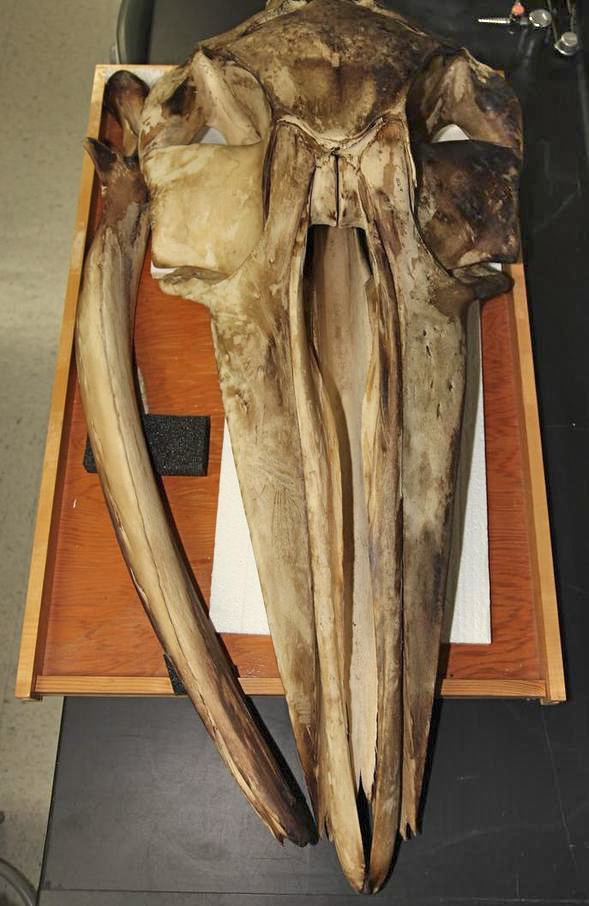
A new study by San Diego researchers shows that whales hear sounds in the water through their bones, a discovery that could help protect the endangered mammals from man-made noise.
The research by San Diego State University biologist Ted W. Cranford and UC San Diego engineer Petr Krysl reveals that the skulls of at least some baleen whales have acoustic properties that capture the energy of low frequencies and direct it to their ear bones. Using a computer simulation of a fin whale head, the two scientists discovered the animal’s skull amplifies and conducts low frequencies directly to their ear bones. “Bone conduction is likely the predominant mechanism for hearing in fin whales and other baleen whales,” Cranford said.
Baleen whales are the largest animals on earth, and include blue whales, minke whales, right whales, gray whales and fin whales. These whales can emit extremely low frequency vocalizations that travel extraordinary distances underwater. The wavelengths of these calls can be longer than the bodies of the whales themselves.
All of these whales are considered endangered, with the exception of the gray whale, which recently was removed from the endangered species list, Cranford said.
Over the past few years, government regulators have been attempting to enact laws placing limits on the amount of man-made noise that baleen whales can be exposed to. These man-made noises come primarily from three sources: commercial shipping, energy exploration, and military exercises.
It’s possible these new findings will help legislators decide on limits to oceanic man-made noise, but Cranford stressed that what’s most important about their project is that they managed to solve a long-standing mystery about a highly inaccessible animal.
— Times of San Diego
Click here for more information.
Union Bank Opens Full-Service
Banking Office in La Jolla
Union Bank has opened a new, full-service banking office in La Jolla Village Square located at 8715 Villa La Jolla Drive, Suite A1A. The La Jolla branch is overseen by Ernesto Hernandez.
Hernandez is joined by Branch Service Manager Mary Meyers, who manages branch operations in addition to customer service, and Senior Relationship Bankers Hamid Makmalchi and Lila Mufti.
Hernandez has 11 years of banking experience. He joined Union Bank in 2003 and has held various positions. He most recently served as branch manager of the Ocean Beach branch.
Makmalchi has more than 10 years of banking experience. He joined Union Bank in 2012 as senior relationship banker at the Sorrento Valley Branch. Makmalchi started his career at JP Morgan Chase as a senior licensed banker.
Meyers has more than 15 years of banking experience. She joined Union Bank in 1999 and has had various positions throughout the San Diego region area, including branch service manager at the Hillcrest and Pacific Beach branches.
Mufti joined Union Bank in 2014 and brings more than a decade of financial services experience in helping clients, including entrepreneurs, reach their strategic growth goals. Before Union Bank, she worked for The Private Bank at Wells Fargo.
Personnel Moves
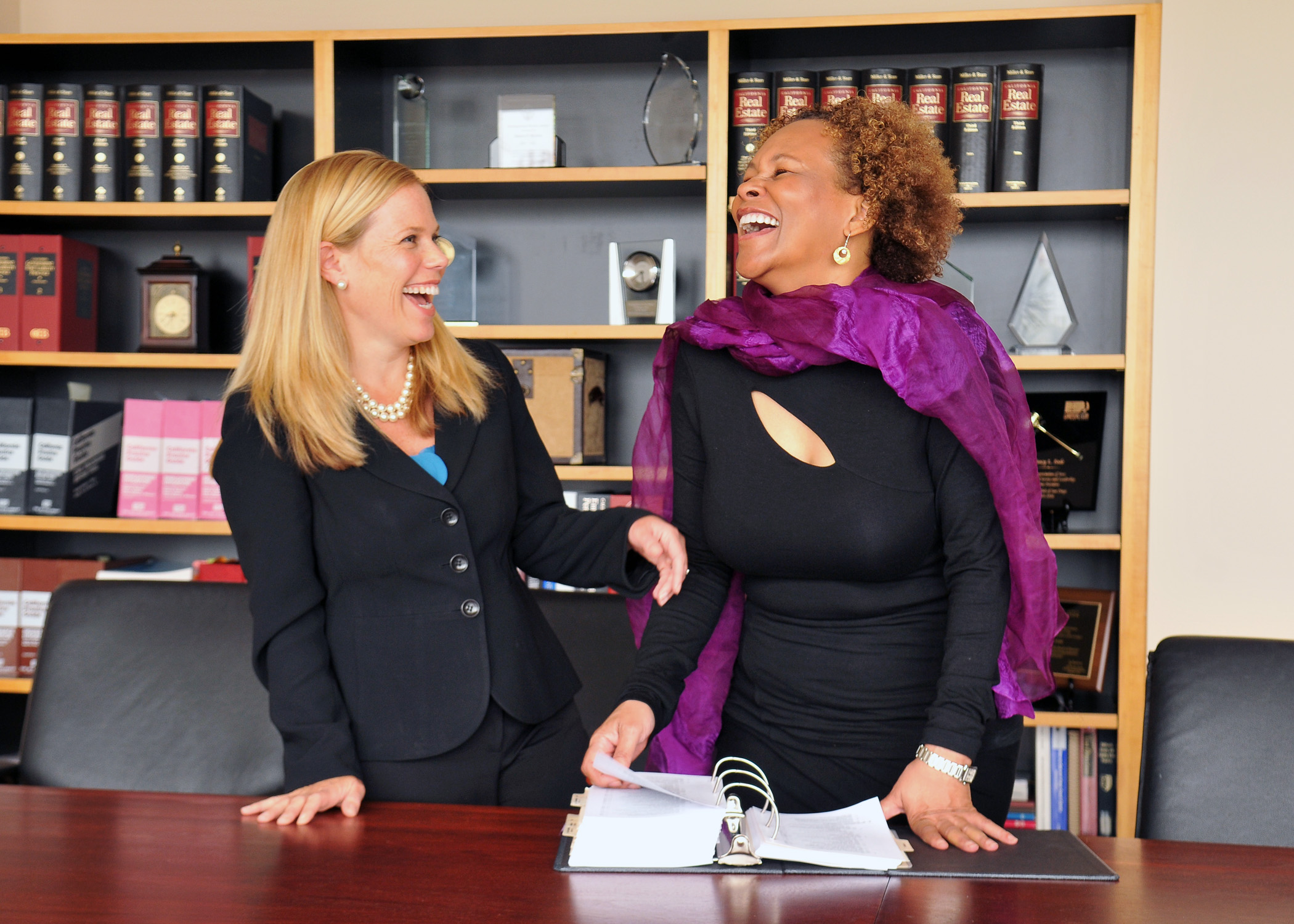
Brown Law Group Names Managing Partner
Brown Law Group a San Diego business litigation firm that specializes in employment law, has named Stacy Fode as managing partner. Fode focuses her practice on employment litigation and advisement and specializes in the representation of business clients in all aspects of employment law. Fode’s clients include employers in the energy, financial, entertainment, insurance, retail, technology, and telecommunications industries.
Fode has experience as a media and community resource on employment and diversity related topics and has published articles on these subjects. She has appeared on numerous television segments as an industry spokesperson.
Ms. Fode also has received numerous recognitions. She was named one of San Diego Metro Magazine’s Movers to Watch.
Brittney Dobbins Joins Firm
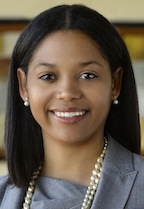
Brown Law Group also announced the addition of Brittney R. Dobbins as associate. Dobbins focuses her practice on employment law and all areas of business litigation. She has particular proficiency in the area of intellectual property, in the context of brand protection.
Dobbins is a member of the San Diego County Bar Association, Lawyer’s Club of San Diego, Earl B. Gilliam Bar Association, California State Bar Association, International Trademark Association and the San Diego Intellectual Property Law Association.
Shival Bushan Joins Airwave Advisors
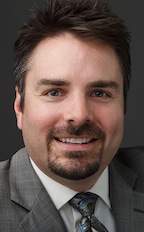
Nationwide cell tower lease expert Shival S. Bushan has joined cell tower lease consulting firm Airwave Advisors as vice president. Bushan will focus on assisting cell tower landlords in maximizing their economic opportunities with their cell tower leases. Nick G. Foster serves as president of the Carlsbad company.
Formerly with TowerPoint Capital, Bushan led the San Diego office’s acquisitions group in acquiring cell tower leases. Over the course of his career, Bushan has closed over $10,000,000 in cell tower buyout transactions.
ecoATM Hires Retired Police Chief
To Help Combat Cell Phone Thefts
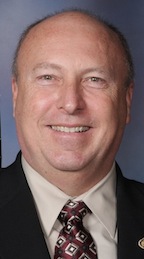
ecoATM Inc., the San Diego company with a nationwide network of automated electronics recycling kiosks, has named Doug Muldoon as the new director of law enforcement relations whose mission is to combat cell phone theft. The company’s law enforcement relations team serves as the liaison between ecoATM and the many law enforcement agencies it works closely with to uphold strict, extensive security standards and practices made possible by its partnerships.
Muldoon, who recently retired as the chief of police of the Palm Bay Police Department in Florida, joins directors Michael McCann and Max Santiago in leading ecoATM’s efforts to assist law enforcement agencies and government leaders in deterring and combatting cell phone theft.
Muldoon spent his entire law enforcement career of more than 38 years in the police department.

